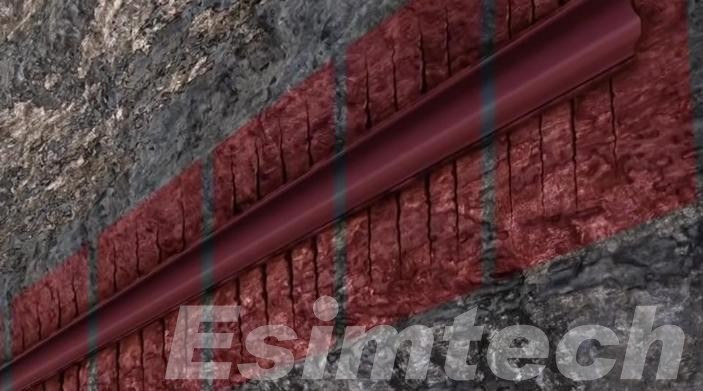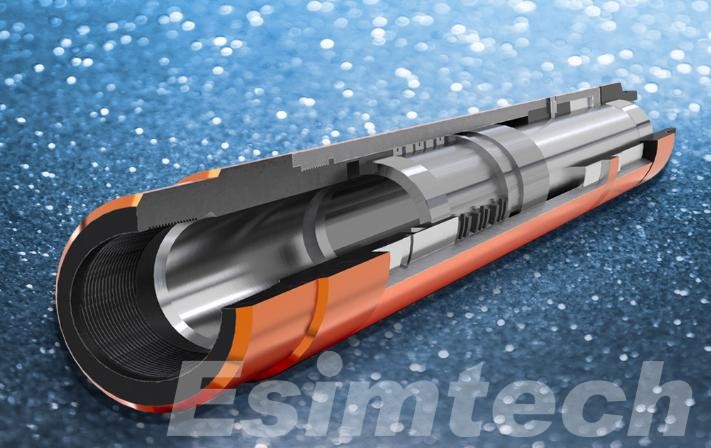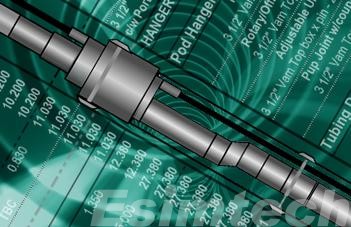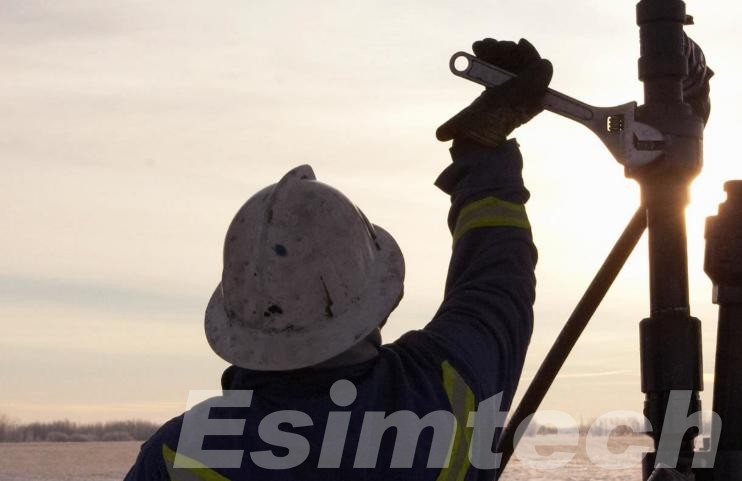Types of Completions: Lower Completion vs. Upper Completion
When it comes to well completions in the oil and gas industry, two key terms often come up: lower completion and upper completion. Understanding the differences between these two types of completions is crucial for optimizing production and ensuring well integrity.
What are the Types of Well Completions
Completion in oil and gas wells is to prepare a well to be produced by installing equipment to produce hydrocarbons safely and efficiently. Completions are generally divided into two phases: lower completion and upper completion. Both serve different purposes to optimize well performance, manage the reservoir, and control production.

1. Lower Completion: The Reservoir Interface
Lower completion is the well portion that is in direct contact with the production formation. It primarily serves to enable the flow of hydrocarbons and prevent damage to the formation, sand production, and water breakthrough. The significant components of a lower completion are:
- Sand Control Systems – screens, slotted liners, or gravel packs prevent entry of sand into the wellbore, which will cause equipment damage and reduce production.
- Inflow Control Devices (ICDs) – These regulate flow from different zones, encouraging balanced production and slowing water or gas coning.
- Stimulation Equipment – Reduced completions in some include frac sleeves or ports for hydraulic fracturing in tight reservoirs.
- Isolation Packers – These separate different production zones to allow selective stimulation or flow control.
Lower Completion Design: The lower completion design is a function of reservoir properties—such as permeability, pressure, and sand potential—and well direction (vertical, horizontal, or multilateral).

2. Upper Completion: The Production Conduit
The upper completion is the equipment above the lower completion, extending all the way to the surface. Its main responsibilities are to transport hydrocarbons safely, deliver well control, and facilitate future interventions. Typical components are:
- Production Tubing – The main flow pathway for hydrocarbons, large enough for maximum production capacity and minimum pressure drop.
- Packing – Resist fluid migration from the tubing to the casing and zonal isolation.
- Safety Valves – SCSSVs surface-controlled subsurface safety valves shut in the well automatically in an emergency situation.
- Artificial Lift Systems – Gas lift mandrels or ESPs can be installed to increase production in low-pressure wells.
- Chemical Injection Points – Used to deliver scale or corrosion inhibitors downhole.
As a contrast with the lower completion, which in most cases is permanent, the upper completion could be recovered for reconditioning or reconfiguration.

Why Both Completions Are Important
While the lower completion focuses on reservoir management, the upper completion ensures efficient and safe production. The two must be designed to work seamlessly together, balancing inflow performance with surface handling capacity. The choice between different lower completion vs upper completion configurations depends on factors like reservoir type, production strategy, and economic considerations—topics we’ll explore next.
Key Differences Between Lower and Upper Completion
There is a need to comprehend lower completion and upper completion in order to come up with an efficient and productive well system. While they are both part of the overall well completion process, they are there for various reasons and are applied at different well development stages.
Lower completion refers to the well section that directly contacts the reservoir. This section involves preparing in the wellbore below the production packer and includes work like perforating the casing, installing sand control equipment, and running screens or liners. The principal aim is to allow hydrocarbons from the formation to enter the wellbore with minimal formation damage and sand production.
Upper completion is everything that is above the production packer and is responsible for leading the fluids from the lower completion to the surface. It includes the production tubing, safety valves, packers, and surface control equipment. Upper completions are designed to provide pressure control, monitoring of well conditions, and well integrity and long life.

The main distinction is in their function—lower completions handle formation access and early flow regulation, whereas upper completions handle production control and surface interfacing.
A quick comparison of the two follows:
| Feature | Lower Completion | Upper Completion |
| Location | Below the production packer | Above the production packer |
| Primary Function | Access the reservoir and control inflow | Transport fluids to the surface |
| Main Components | Screens, liners, perforations, gravel pack | Tubing, packers, valves, safety systems |
| Focus Area | Reservoir interaction | Flow assurance and well integrity |
| Installation Stage | During reservoir preparation | After lower completion is installed |
| Impact on Production | Influences reservoir inflow efficiency | Controls and monitors production output |
Both lower completion and upper completion are critical for optimal well performance, and the choice of design for each depends on the specific reservoir conditions and production goals.
Factors Influencing Completion Design
Designing an effective well completion—lower and upper both—requires diligent examination of several critical factors. These play a direct role in influencing the performance, safety, and economic efficiency of the well throughout its life cycle.
1. Reservoir Characteristics:
The reservoir is one of the critical factors. Permeability, pressure, fluid type (water, oil, or gas), and capacity for sand production all have an effect upon the completion type to utilize. For example, unconsolidated formations may require sand control in the lower completion such as screens or gravel packing.
2. Wellbore Geometry and Orientation
Whether the well is vertical, deviated, or horizontal determines the completion design. Horizontal wells may need more complex lower completions in an effort to ensure equal inflow along the length of the reservoir section.
3. Production Strategy:
Predicted production rates, recovery methods (natural flow, artificial lift, etc.), and long-term objectives determine the selection of equipment and flow control within the top completion. High-rate wells may necessitate large tubing and pressure control systems.
4. Environmental and Safety Issues:
The completions should be made in such a way that blowouts, leaks, or formation damage is prevented. Pressure monitoring and safety valves are typical in top completions to protect people, equipment, and the environment.
5. Cost Factors:
Budget and return on investment influence the decision of how simple or complex a completion must be. An expensive design up front can lead to greater efficiency and fewer operational problems later.
These requirements must be addressed in unison to design an effective, cost-saving completion system that meets operational as well as environmental needs.

Final Thought
It is important to identify the differences between upper and lower completion in order to build an effective and productive well. Both have different purposes—lower completions seal the reservoir and wellbore, while upper completions control and manage flow to the surface.
A good completion design considers numerous factors, including reservoir characteristics, well geometry, production goals, and safety. Through optimizing and integrating of both lower and upper completions in a thoughtful way, operators can enhance well performance, reduce the risk of operating, and maximize long-term production.
Lastly, choosing the correct lower completion vs upper completion plan is not just a technical decision—it’s a strategic one that directly affects the overall efficiency, safety, and profitability of the whole well operation.
